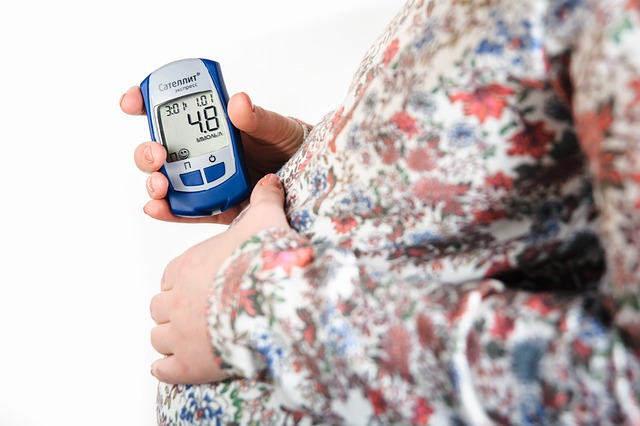Hey there! I recently chatted with a friend, Laura, who had some intriguing questions about a new study focusing on child development. She’s expecting her second child and received a brochure about the Healthy Brain and Child Development (HBCD) study. This national project is taking place at 27 sites across the country, including our local area. Initially, Laura was on the fence about joining the 7,000 mother-infant pairs contributing their time to this important research.
Here are a few things that were on her mind, and you might be wondering the same if you’re considering participating.
What’s the Purpose of the HBCD Study?
Most HBCD locations are set up within universities and hospitals that have experience working with pregnant women and their newborns. Developed by the National Institutes of Health, this study aims to gain a better understanding of children’s brain development. The goal is to enroll 7,000 pregnant women and follow them, along with their babies, for the first decade of life. Researchers will track how various prenatal and postnatal events influence brain development, particularly cognitive and emotional functioning. The collected data will be securely stored at NIH, ensuring no identifying information about mothers or children is included in the findings.
Who Can Join?
The study invites pregnant women from all over the United States, both urban and rural, to participate. Recruitment typically begins during the second trimester and is open to women over 18 from diverse ethnic and racial backgrounds. They even have bilingual staff to assist Spanish-speaking participants. HBCD is interested in maternal health and various exposures during pregnancy, seeking a broad range of women—including those who may use alcohol, tobacco, stimulants, or opioids.
What Does Participation Entail?
Participants will answer a series of surveys and interviews. Mothers and infants will provide urine and blood samples, and researchers will monitor infant sleep patterns during the neonatal period. They’ll also take brain scans using MRIs and EEGs as kids grow. Regular assessments of development and behavior will occur, with families receiving compensation for their time and travel costs.
Laura explored the HBCD website for more detailed answers and even reached out to the project coordinator for additional info. She felt reassured and decided she wanted to help contribute to our understanding of child development. She’s already completed her first visit and is excited to return after her baby arrives. Laura knows how crucial it is to grasp brain development for the benefit of both children and their families.
At our community, we recognize the value of research and fully support the HBCD initiative. If you’re interested in more related topics, check out our post on first-trimester considerations, or visit Make A Mom for insights on at-home insemination kits. Another great resource for pregnancy and home insemination is Healthline.
In summary, the HBCD study is an exciting opportunity for pregnant women to contribute to valuable research on child brain development. By participating, you can help shape a better understanding of how various factors during pregnancy influence children’s growth.

